Chinese Auto Market Continues Its Decline; U.S. Future Also Looking Bleak

China’s auto sales declined for the ninth consecutive month in March, further proving that the market isn’t as infallible as once thought. The assumption was that, as North America surpassed peak growth and flattened out, Chinese auto sales would continue an upward trajectory. But, while China did surpass the U.S. in becoming the world’s largest auto market, it’s not living up to its billing as a golden goose.
That’s not to suggest the U.S. is about to stand triumphantly atop that mountain. Automakers are issuing profit warnings for 2019 and Moody’s Investors Service expects light vehicle sales to fall 1.2 percent this year.
“The accommodative financing environment that had helped buoy U.S. car sales is receding. Maintaining operating and financial discipline will be crucial [for 2019],” the bond credit rating business advised.
While Moody’s take occupied the median position, most analysts are of a similar mind. A combination of rising interest rates and increasingly lofty transaction prices (for both new and used vehicles) are expected to finally push U.S. sales growth back down the slope. Fortunately, experts have been wrong before. Most analysts expected 2018 to end in a sales decline too, but it didn’t happen.
Still, there are more reasons to concerned in 2019 — and not just for North America. Automakers everywhere are discovering shareholders are less interested as technology investments gradually lose their luster and serious questions emerge regarding their financial wellbeing. Meanwhile, Europe’s stagnating sales and China’s own problems seem to be pointing at a global recession.
The government-backed China Association of Automobile Manufacturers reported on Friday that Chinese vehicle sales fell 11.3 percent, year-over-year, to 6.37 million in the first quarter of this year. According to The Wall Street Journal, that decline followed 12-percent and 9.6-percent dips in the previous two quarters.
From The Wall Street Journal:
Passenger-car sales declined 13.7 [percent] in the January to March period, while commercial-vehicle sales increased 2.2 [percent]. Low confidence among consumers and curbs on peer-to-peer lending businesses have made it harder for dealers to move inventory, according to auto analysts.
“The market is still in recession, and companies are under great pressure,” said the association’s assistant secretary-general, Chen Shihua. “It’s still hard to say when the point of returning to growth will come.”
[Image: welcomia/shutterstock]

A staunch consumer advocate tracking industry trends and regulation. Before joining TTAC, Matt spent a decade working for marketing and research firms based in NYC. Clients included several of the world’s largest automakers, global tire brands, and aftermarket part suppliers. Dissatisfied with the corporate world and resentful of having to wear suits everyday, he pivoted to writing about cars. Since then, that man has become an ardent supporter of the right-to-repair movement, been interviewed on the auto industry by national radio broadcasts, driven more rental cars than anyone ever should, participated in amateur rallying events, and received the requisite minimum training as sanctioned by the SCCA. Handy with a wrench, Matt grew up surrounded by Detroit auto workers and managed to get a pizza delivery job before he was legally eligible. He later found himself driving box trucks through Manhattan, guaranteeing future sympathy for actual truckers. He continues to conduct research pertaining to the automotive sector as an independent contractor and has since moved back to his native Michigan, closer to where the cars are born. A contrarian, Matt claims to prefer understeer — stating that front and all-wheel drive vehicles cater best to his driving style.
More by Matt Posky
Latest Car Reviews
Read moreLatest Product Reviews
Read moreRecent Comments
- SCE to AUX With these items under the pros:[list][*]It's quick, though it seems to take the powertrain a second to get sorted when you go from cruising to tromping on it.[/*][*]The powertrain transitions are mostly smooth, though occasionally harsh.[/*][/list]I'd much rather go electric or pure ICE I hate herky-jerky hybrid drivetrains.The list of cons is pretty damning for a new vehicle. Who is buying these things?
- Jrhurren Nissan is in a sad state of affairs. Even the Z mentioned, nice though it is, will get passed over 3 times by better vehicles in the category. And that’s pretty much the story of Nissan right now. Zero of their vehicles are competitive in the segment. The only people I know who drive them are company cars that were “take it or leave it”.
- Jrhurren I rented a RAV for a 12 day vacation with lots of driving. I walked away from the experience pretty unimpressed. Count me in with Team Honda. Never had a bad one yet
- ToolGuy I don't deserve a vehicle like this.
- SCE to AUX I see a new Murano to replace the low-volume Murano, and a new trim level for the Rogue. Yawn.
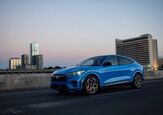
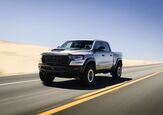

















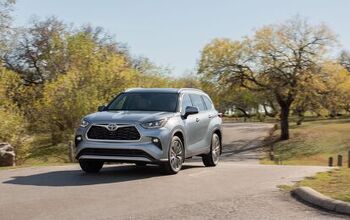

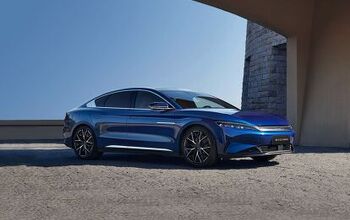

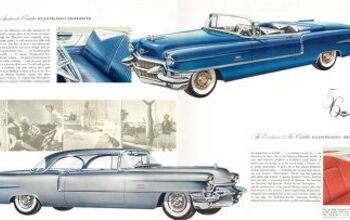

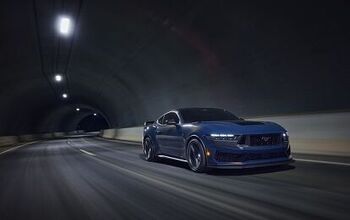

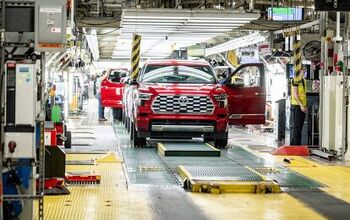
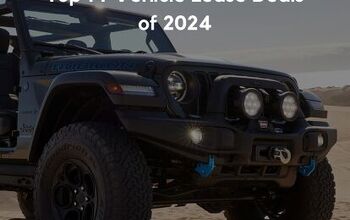
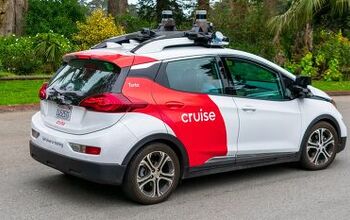
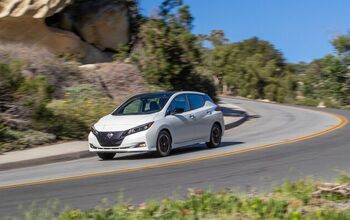


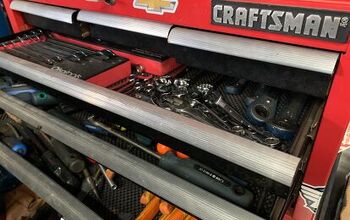
Comments
Join the conversation
Today there are fewer new vehicles that make you want to have them. Most look the same with bland lines and bland colors. White, black, and different shades of grey with black and grey interiors. Many of today's new vehicles are like appliances and like appliances they are getting more expensive. Yes vehicles are safer and offer more features but when do they reach peak features and how much are those features worth to most people excluding safety features.
If any of this were true a lot more people would be buying the cheapest available cars, and those base trucks under 25K